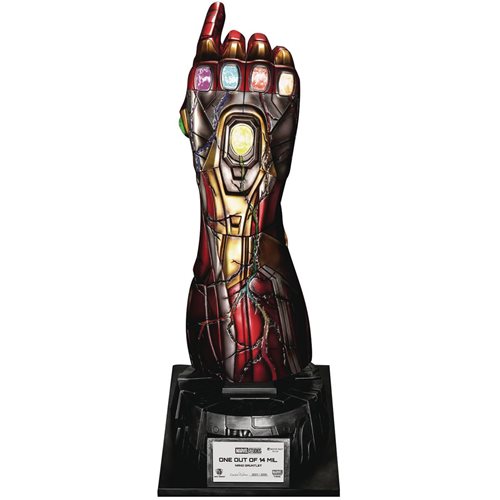Patrick Lussier Talks "My Bloody Valentine 3D" Behind The Scenes
 Jim here. ICG Magazine has a super interview with Patrick Lussier, director of MY BLOODY VALENTINE 3D (MBV3D) in preparation for his keynote address at NAB 2009 in Las Vegas.
Jim here. ICG Magazine has a super interview with Patrick Lussier, director of MY BLOODY VALENTINE 3D (MBV3D) in preparation for his keynote address at NAB 2009 in Las Vegas.
The whole interview demands to be read from top to bottom right here.
Here are some excerpts:
ICG: What were some of your early concerns about working in 3D?
Lussier: Just being able to speak the language of 3D movies. We were going to be almost 95 percent location, shooting in real-world environments and, in particular, underground in a mine with the 3D cameras. Some of the 3D companies we talked to were very concerned and said, ‘Our cameras are very delicate and you can’t really be doing that.’ Then we found Paradise [Paradise FX Corp, Van Nuys, Calif.)] and they said, ‘We can do anything you want.’
ICG: Tell me about the cameras you chose and your experience using them.
Lussier: We used a set of dual RED cameras as our primary rig. We also used the 2K Silicon Imaging cameras for our Steadicam rig. About 60 to 70 percent was shot on the REDs and 30 to 40 percent was shot on the SIs.
ICG: What was it like working with a stereographer?
Lussier: We were so lucky to have Max [Penner] who was great at explaining what he was doing and what he needed to do. The big thing was for him to see the rehearsal of the shots, especially any shots that moved, to see how the stereography needed to be adjusted to get the shot. Just like a focus puller needs to figure out where his focus marks are, the stereographer needs to figure out where his stereo marks are. In the beginning, it was a constant challenge to remember that everything had to be set for stereo, and it’s not as obvious as setting focus where you can tell that the thing that’s supposed to be in focus either is or isn’t. For stereo, it’s deciding the point you want, and the part of the frame you want, to be out as well as how far out you want it to be. For example, is it in the audience, is it behind the audience, how deep does it go? So, it’s much more subjective and has a much more artistic role than focus. Max has been involved in 3D for years and years, and has such a deep understanding of how stereo works and how it is best presented to an audience in terms of not becoming painful or a downright mistake. For example, making sure the intraoculars are done right or how to avoid miniaturization.
ICG: How does a stereographer impact the roles of, and relationships between, the director and the DP?
Lussier: It’s only an advantage. Brian and I worked together before, and our relationship was almost exactly the same during this movie. The stereographer is much more like the focus puller, but as it relates to the subtlety or ‘in-your-faceness’ of the 3D. I would frequently ride with the stereographer watching a shot to see where the 3D was going, and what things are being brought more or less into 3D. For example, if you have more light, you have more 3D, and Brian and I would discuss when we wanted to see more or less 3D. There would be that kind of creative debate between us as it related to the 3D. Max would throw out suggestions about how to enhance the 3D moments, and also offer suggestions about framing. For example, he’d let us know if someone or something that was too much on the edge of the frame so that during exhibition, one eye would see it and the other eye wouldn’t. Max and I would also have discussions about what’s going to proceed or follow a shot where I want to pull something way out into the audience, because those things can impact how far out you can ultimately pull, or whether you’ll have to immediately go into a dissolve.
ICG: Is this just one more market trend in 3D’s history, or is the format finally here to stay?
Lussier: I think 3D is remarkably seductive and a very intoxicating storytelling tool. I think it has all the potential to continually capture audiences and envelope them into the cinematic experience. … For example, there was a moment when we shot in the grocery store and you could see all the details of everything, and the shot in 2D seemed rather ordinary, but in 3D, it had a life unlike anything else. It was literally like we were eavesdropping. Having said that, I think the tell will be if enough venues convert to 3D so that you can have two or three 3D movies in release at the same time. Ultimately, it’s up to the exhibitors to drive this. If we hit that point, then yes, 3D has the potential to not just take off but take over. It could hold the same potential as when we went from black-and-white to color.
Love hearing BTS stories especially about those lovely REDs. Was surprised to hear other companies express concern over location shooting - should be no out-of-bounds in filmmaking if you ask me. Great interview ICG!


